How to Make the Popular 28-year-old тDumpling Bunт a тSustainableт Benchmark? | Luxe.CO Interview with the Third-Generation Heir to Longchamp
August 5,2021
When speaking of the French luxury leather goods brand Longchamp, the first product that pops up in many consumersт minds is the Longchamp Le PliageТЎ series of nylon folding bags (also known as тdumpling bunsт). Since its introduction in 1993, the Le PliageТЎ series has become a classic Longchamp product with enduring popularity all over the world.
On July 20th, Longchamp launched the new Le PliageТЎ Green series, continuing the simple and durable design of Le PliageТЎ handbags. The body material is minimalist, and features a rectangular canvas, leather flap, zipper and button. And for the first time, itтs made with innovative recycled nylon fabric.
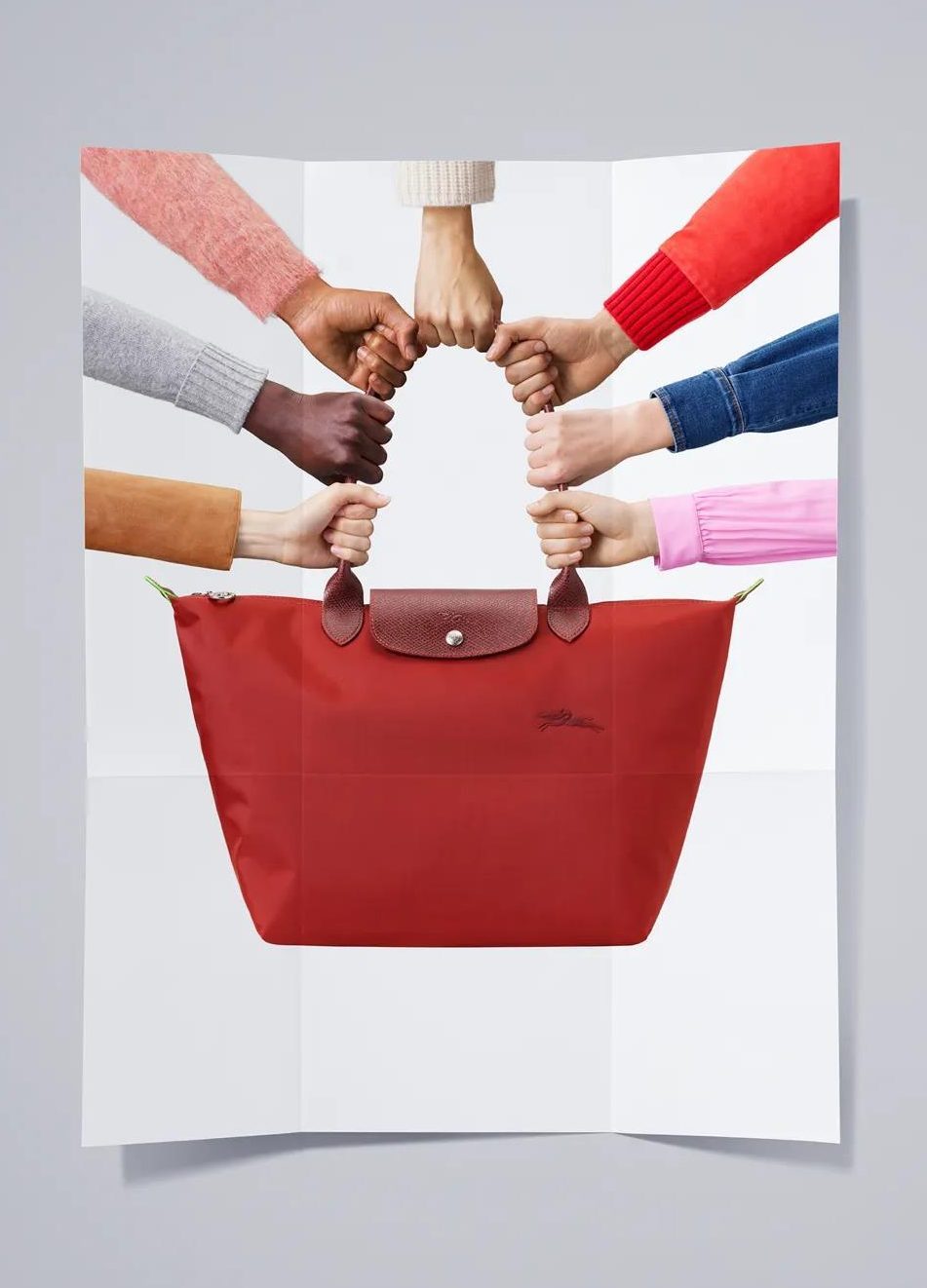
тWhen my father (Philippe Cassegrain) created Le PliageТЎ handbags, he envisioned it as a sustainable productт, said Jean Cassegrain (pictured below), the third-generation Longchamp family heir and global CEO, in an interview with Luxe.CO. Adhering to the core values ттof family innovation and respect for craftsmanship, Longchamp established sustainability as the companyтs development strategy in its early days.
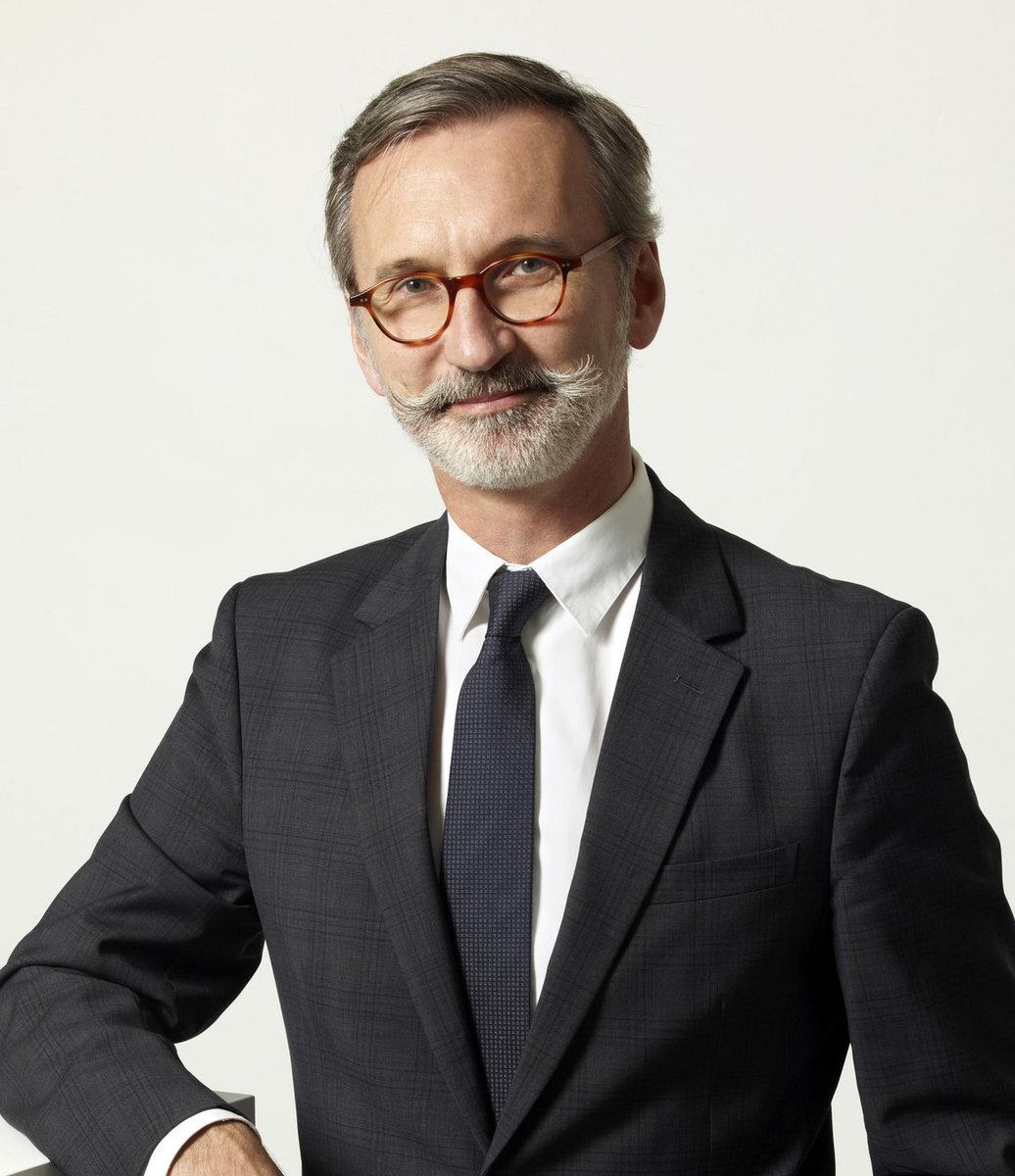
The Evolution of a Classic Product: Family Inheritance and Continuous Innovation
In 1948, Jean Cassegrain (brand founder, with the same name as the current CEO grandson) took over the family business and founded the Longchamp brand. Over time, he established a reputation among Parisians and international tourists, and gradually expanded his leather goods business. Longchamp retains the tradition of independent family management and is still run by the Cassegrain family today.
In the early 1990s, Philippe Cassegrain, who was the second-generation manager of the family, discovered local paper-cutting art during a trip to Japan. After returning to France, he supplemented this with nylon and leather based on his understanding of Japanese paper-cutting, and designed the first Le PliageТЎ handbag.
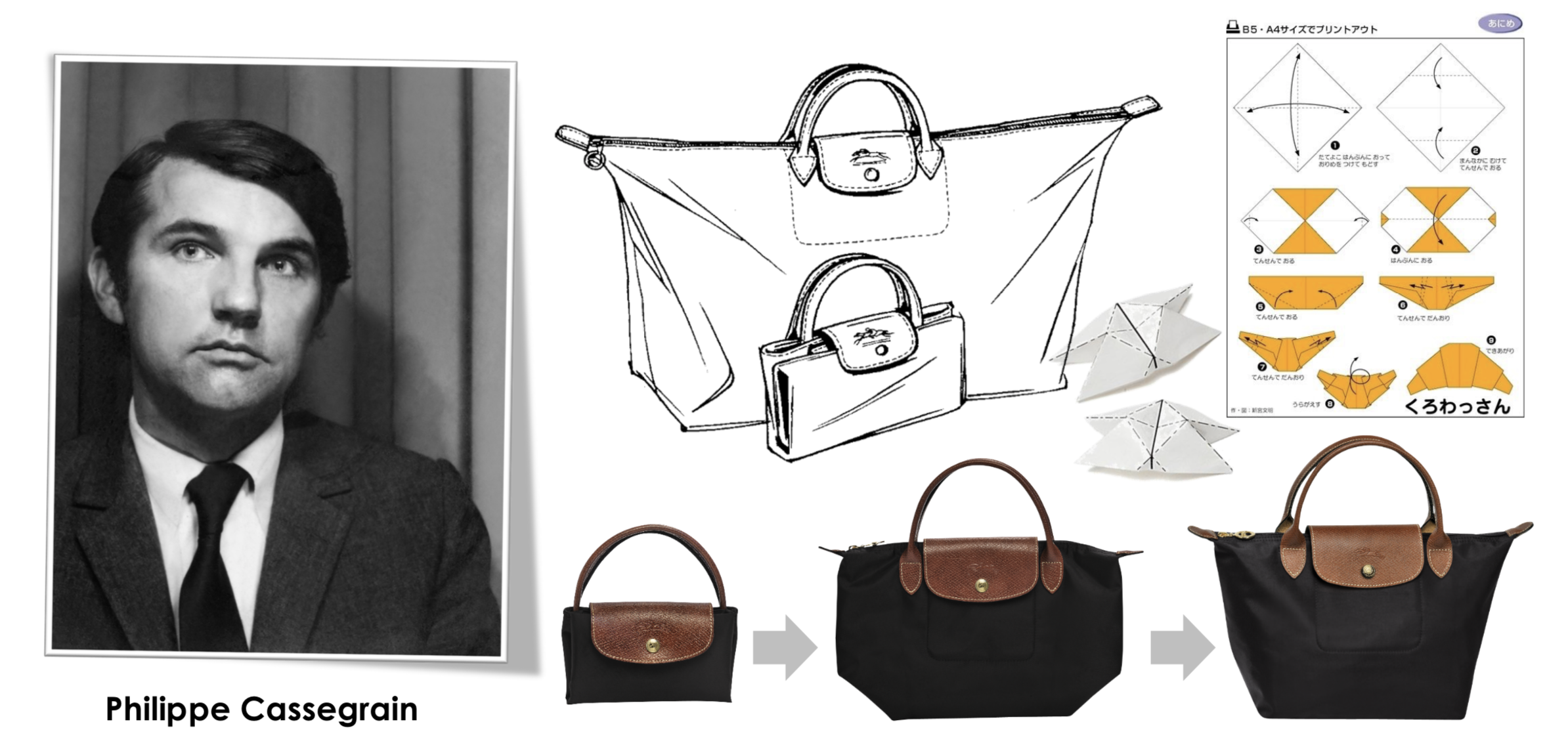
Just like paper-cutting art, Le PliageТЎ handbags are light and soft, with considerable space inside. Most importantly, they can be easily folded and stored. These advantages quickly made Le PliageТЎ hot property in fashion circles. In the nearly 30 years since the debut of Le PliageТЎ handbags, Longchamp has continued to innovate in terms of size, color, design and material. In 2019, Longchamp launched a тsustainable versionт of Le PliageТЎ handbagsтMy PliageТЎ Signature environment-friendly customized series (pictured below), using a new recycled material for a classic model.
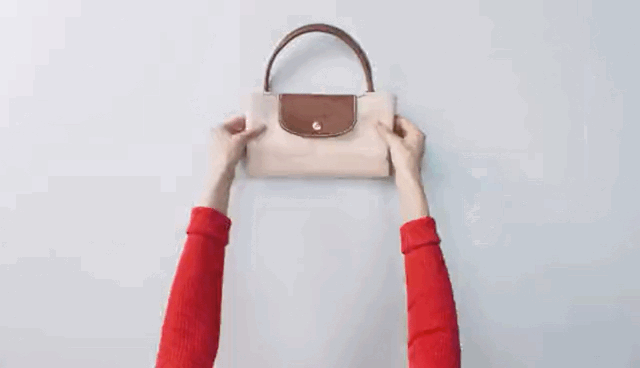
In the nearly 30 years since the debut of Le PliageТЎ handbags, Longchamp has continued to innovate in terms of size, color, design and material. In 2019, Longchamp launched a тsustainable versionт of Le PliageТЎ handbagsтMy PliageТЎ Signature environment-friendly customized series (pictured below), using a new recycled material for a classic model.
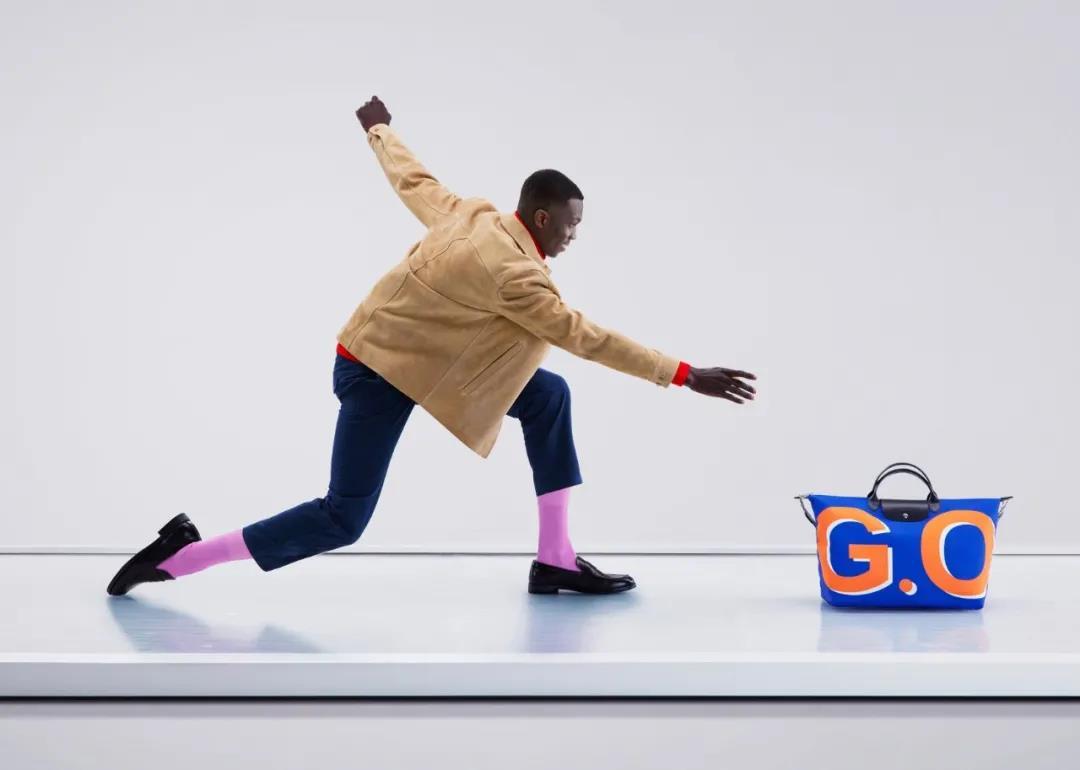
The My PliageТЎ Signature environment-friendly customized series has received a good response, and Longchampтs sustainable product design is constantly moving forward. In 2020 came its Green District series, which is made with ECONYLТЎ certified recycled polyamide canvas and recycled nylon yarn. Such тgreenт materials are not only innovative and unique, but also durable.
As My PliageТЎ Signature and Green District have won the support of many consumers, тWe have made our determination to transform Le PliageТЎ classic handbags into Longchampтs core sustainable product line even more clearly, so we launched the new Le PliageТЎ this year. The Green series replaces traditional canvas fabrics with recycled nylon fabrics,т Cassegrain explained.
In Longchamp's future product planning, what proportion will of its range will sustainable products occupy? Cassegrain told Luxe.CO that in 2020, 30% of Le PliageТЎ handbags were made of renewable canvas fabric; in 2021, this proportion reached 60%; and Longchamp plans for 100% of Le PliageТЎ handbags to be made from renewable nylon fabrics in 2022.
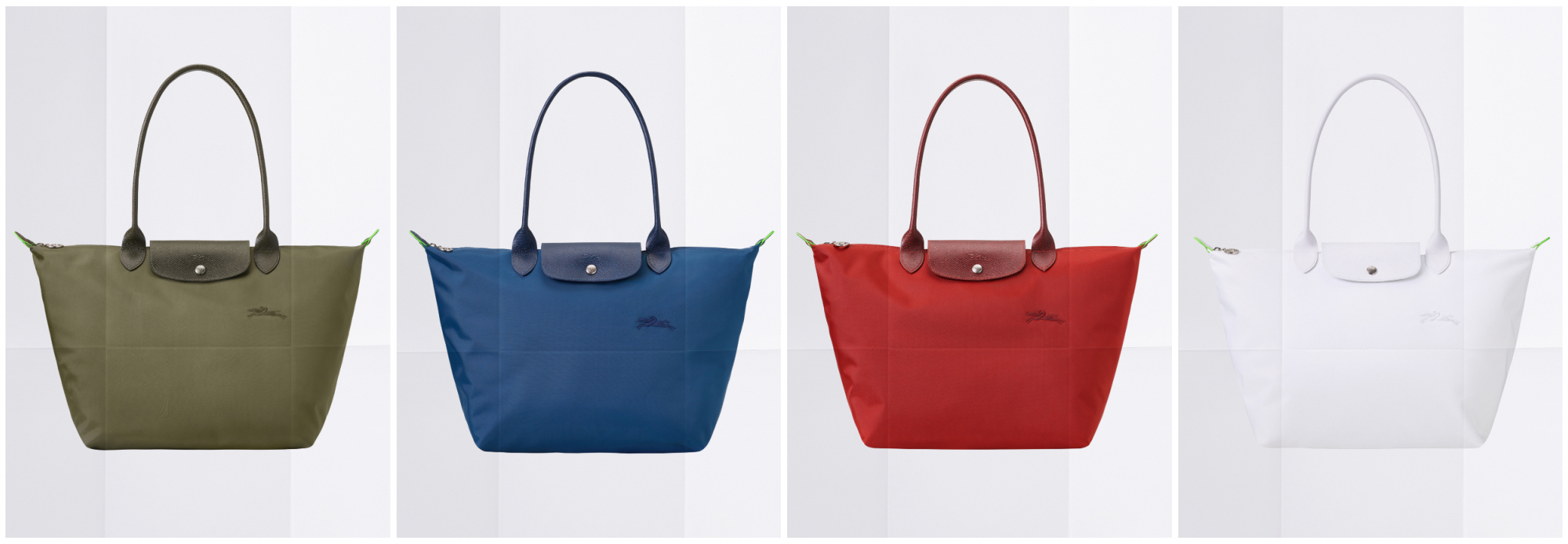
The Sustainable Journey of a тDumpling Bunт
Т How can sustainable Le PliageТЎ Green handbags reach consumers? For Longchamp, there is room for energy conservation and emissions reduction in all steps from production to transportation to sales. тSustainability is everywhere at Longchamp, and our goal is to reduce our carbon footprint while continuing to provide products of quality,т Cassegrain noted.
A long-term strategy of the brand is to make production as close as possible to the sales market. At present, Longchamp owns eight processing workshops, six of which are located in France, one in Tunisia, and one in Mauritius; in addition, the brand has established five cooperative processing workshops outside of France, operating in accordance with the company's stringent standards.
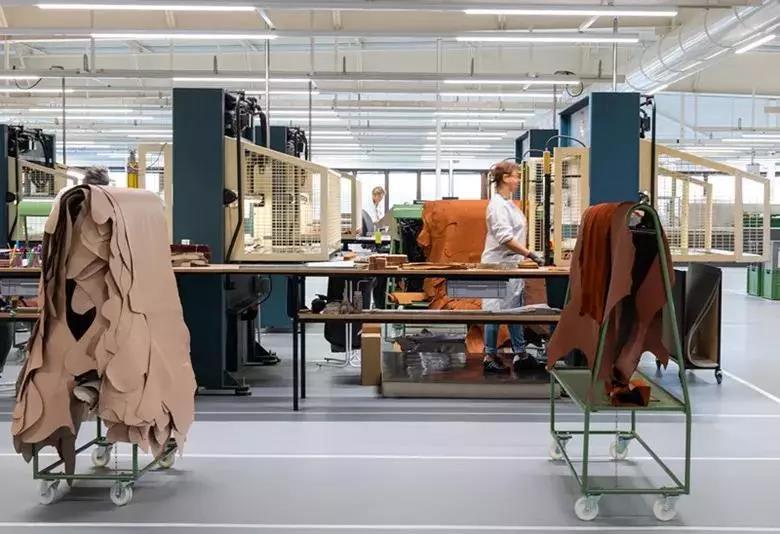
Above: Longchampтs processing workshop in Pouzauges, VendУЉe, France
In addition to canvas fabrics, leather is also an important raw material throughout the Longchamp brand history and a guarantee of quality and durability. As the brandтs awareness of environmental protection has increased, Longchamp has begun to use a large number of by-products from the food processing industry as its main leather raw material, and as of 2018, no longer uses any rare leather.
Jean Cassegrain said that 80% of the leather currently used by the brand has passed the LWG certification (Leather Working Group, which audits the leather factory based on factors such as traceability, chemical control, energy consumption and waste management), and this number is expected to increase to 100% by 2023. In the leather materials of the Le PliageТЎ Green series, 90% are produced by factories that have obtained the LWGтs highest level (gold) certification.
In addition to sourcing sustainable materials, Longchamp also strives for environmental protection and emissions reduction in packaging. The overall carbon emissions of the Le PliageТЎ Green series are only one-seventh of a pair of jeans.
Transportation is one of the main sources of carbon emissions. In terms of product transportation, Longchamp prioritizes marine shipping to best avoid the harm to the environment caused by air transportation and achieve low carbon emissions. To that end, in 2021 Longchamp established a cooperative relationship with shipping company Neoline.
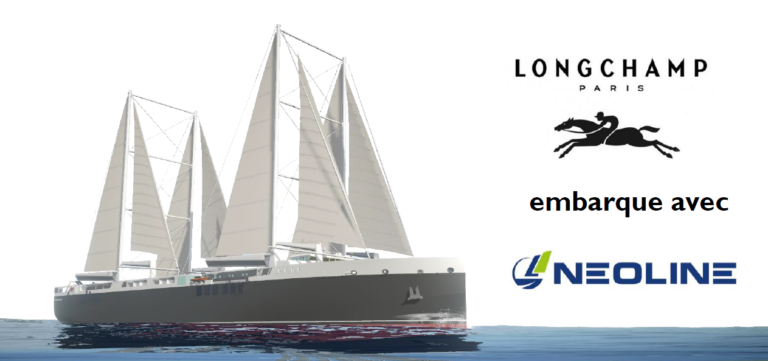
Communicating with Consumers: Fun, Accurate and Durable
Like other Longchamp products, the Le PliageТЎ Green was launched simultaneously in all online and physical stores across the globe on July 20, 2021. The brand created and released a series of humorous short videos to encourage consumers to pay attention to the issue of environmental protection.
In one of the short videos, titled тIt is not a bag. It is Le PliageТЎт, an elegant lady passes by, picks up a red plastic bottle from the ground, and throws it into a pink recycling bin. When the recycling bin is opened again, a red Le PliageТЎ Green handbag appears.
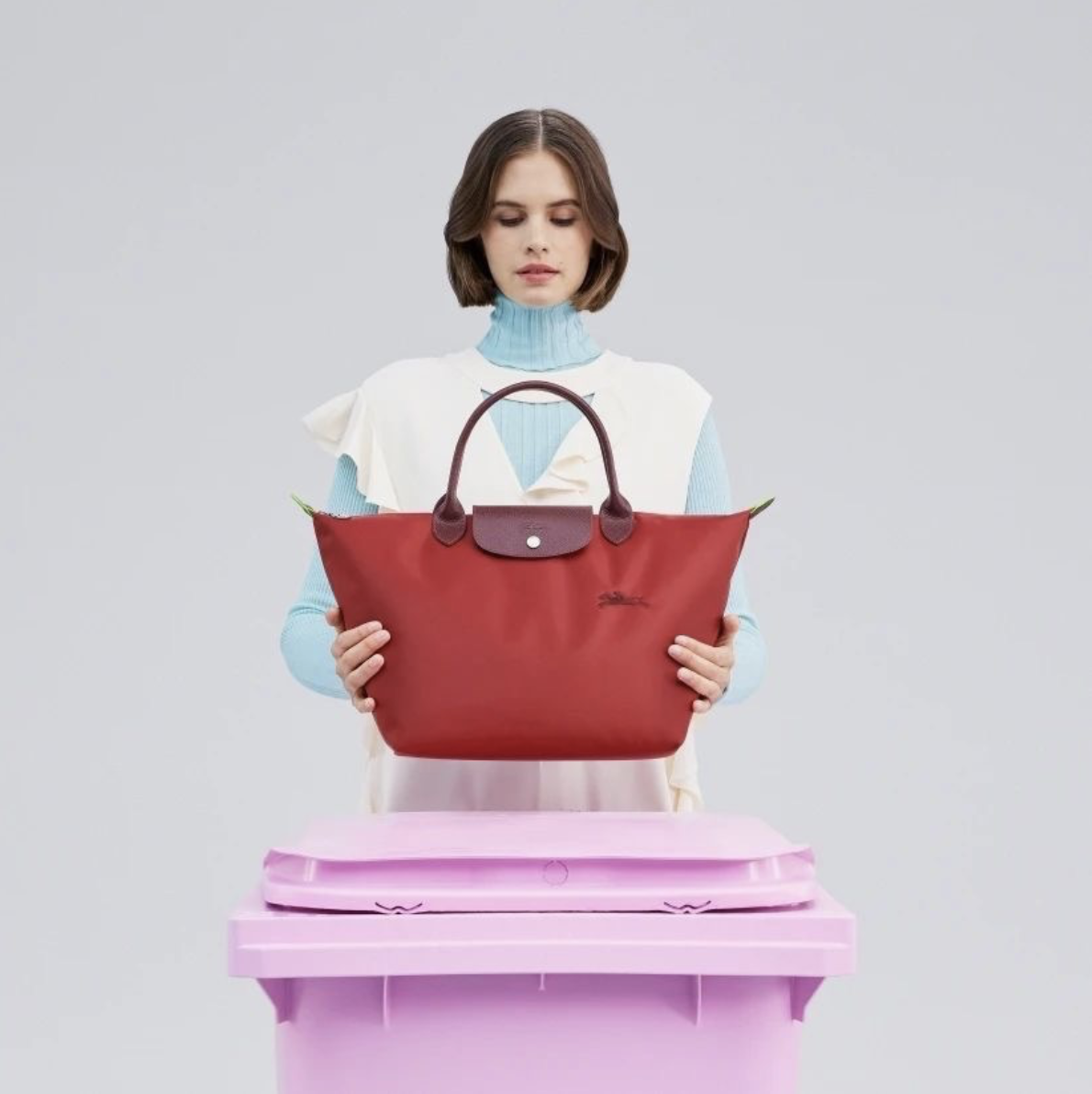
At the same time, Longchamp hopes to accurately convey messages around sustainability, rather than just calling out slogansт тWe clearly inform the customers which products are sustainable and which are not. In our product promotions, we specify which parts of the handbags (such as the body, shoulder straps, zipper straps, etc.) are made with renewable fabrics.т Cassegrain said.
On the other hand, while using innovative fabrics, Longchamp insists on the durability of its widely-praised products. The Le PliageТЎ Green bag has a phthalate-free polyvinyl chloride coating inside to enhance durability. As Jean Cassegrain told Luxe.CO, тProduct durability is closely related to earning the trust of our customers. Gaining customersт trust is the best way to maintain their loyalty, and it is also the secret to our long-lasting brand.т
| Image source: Longchamp
| Writer: Xiaoli Zuo, Yanke Zhu












Comments